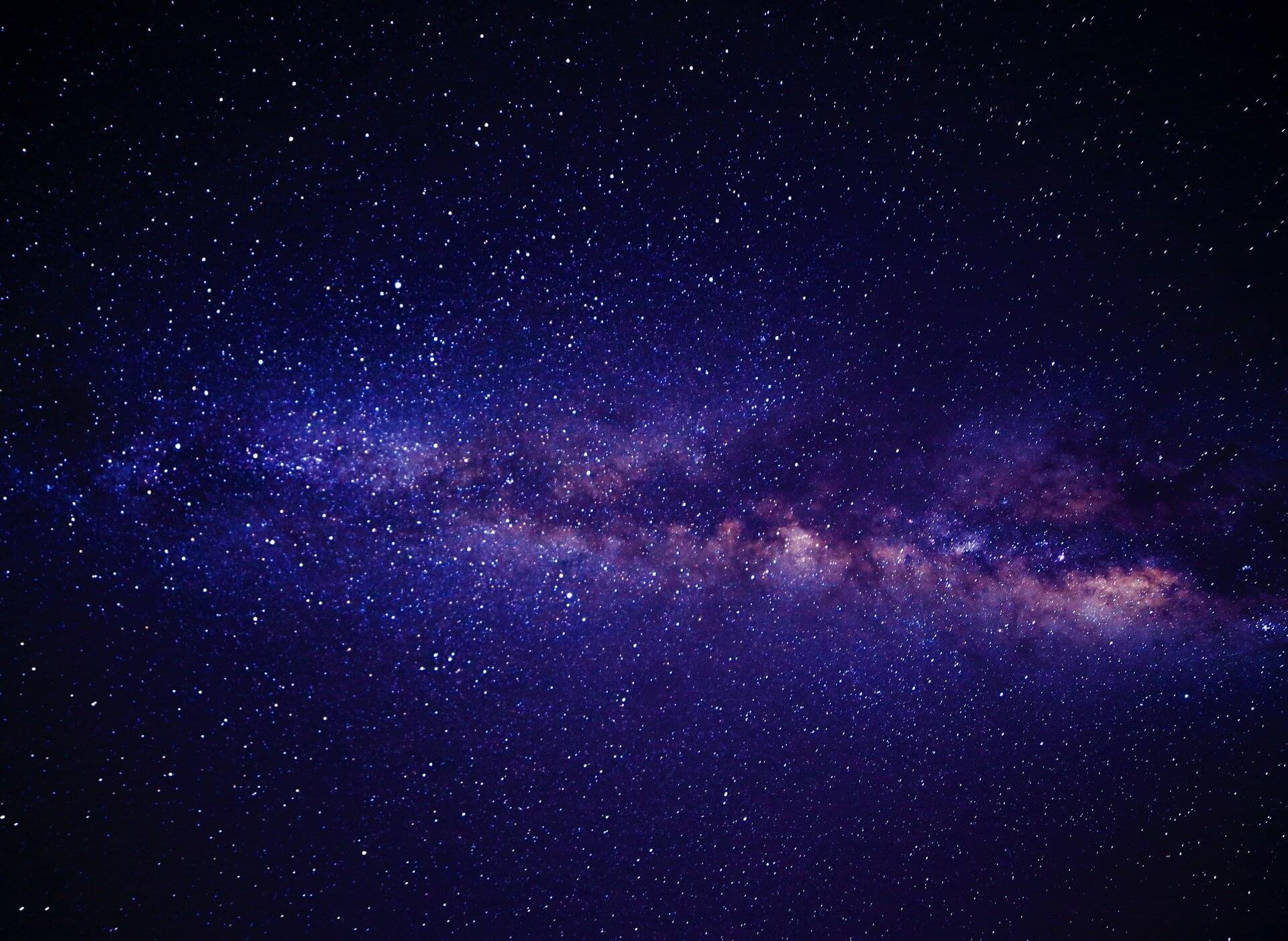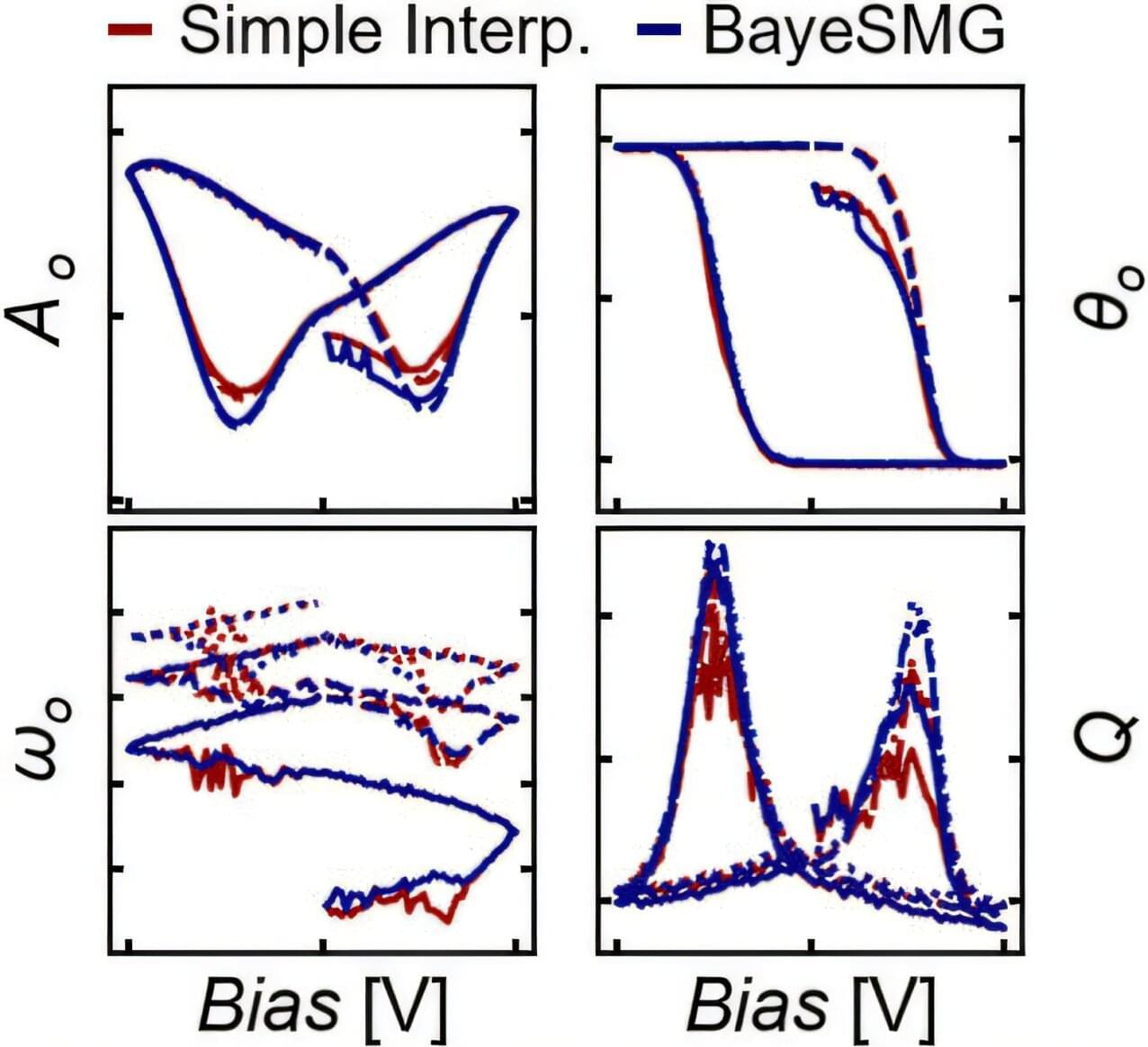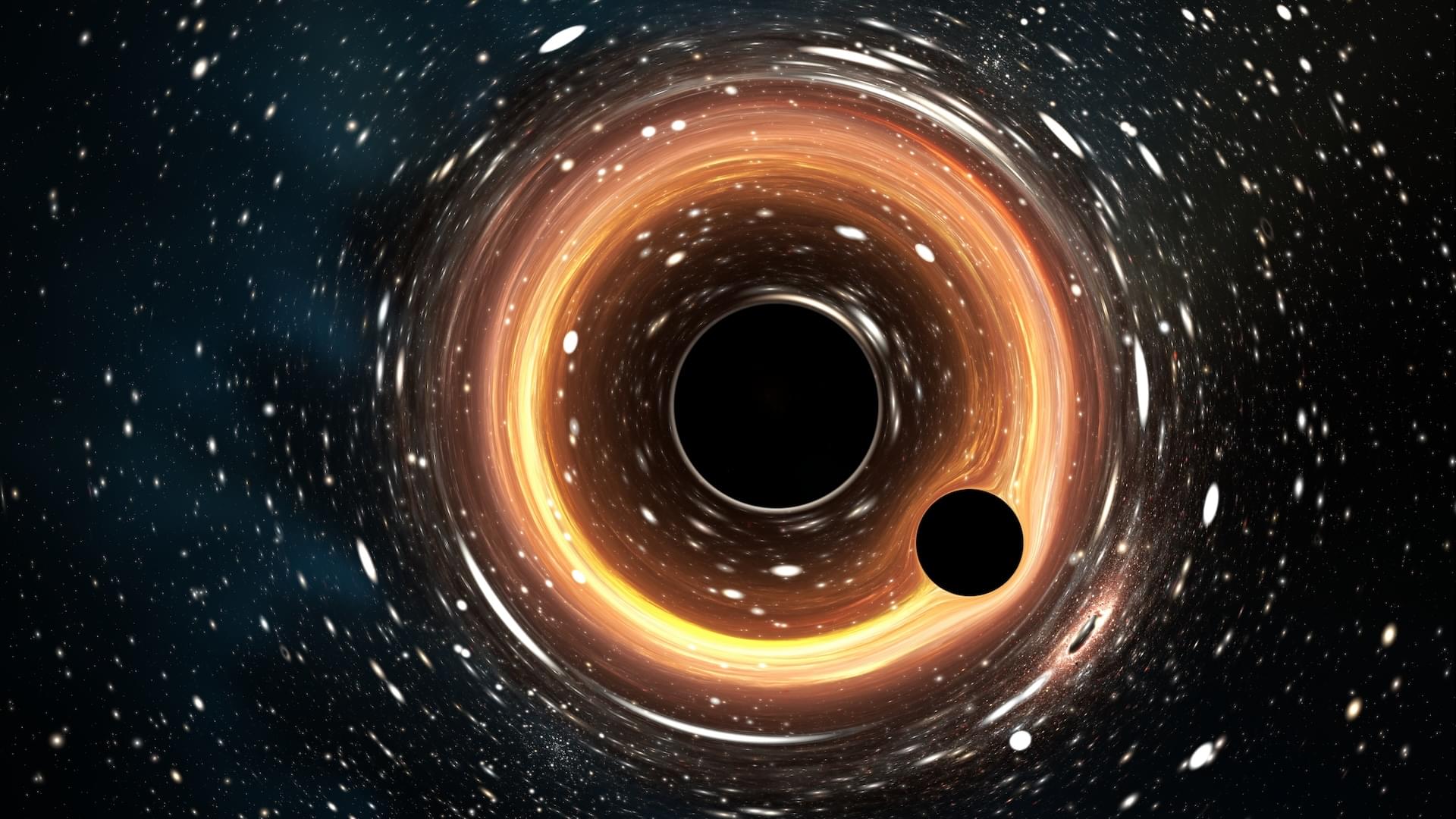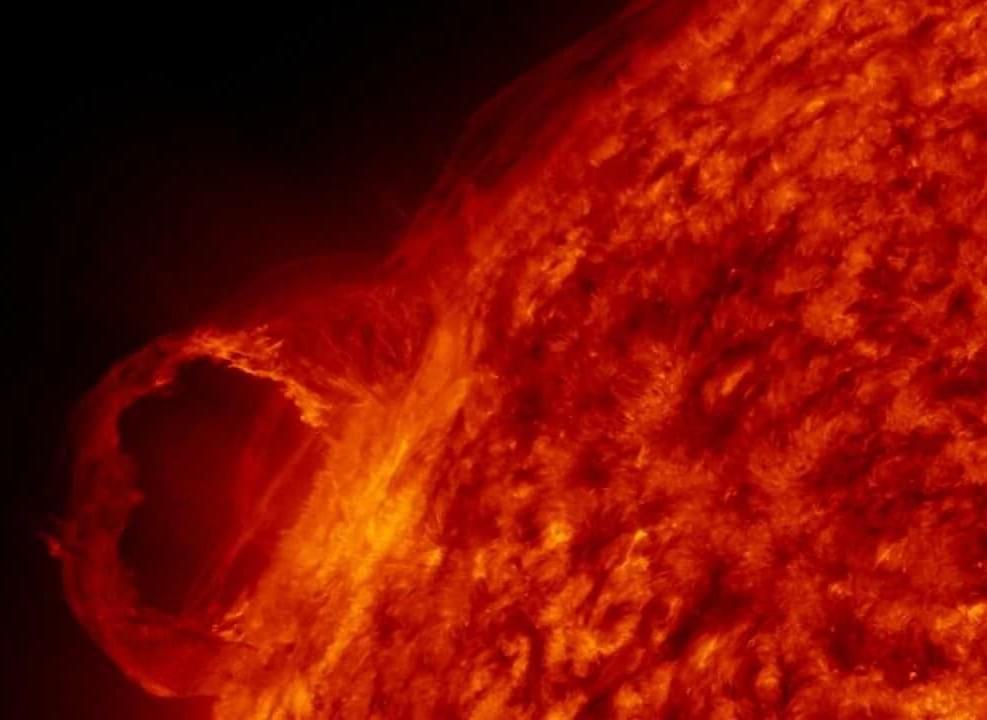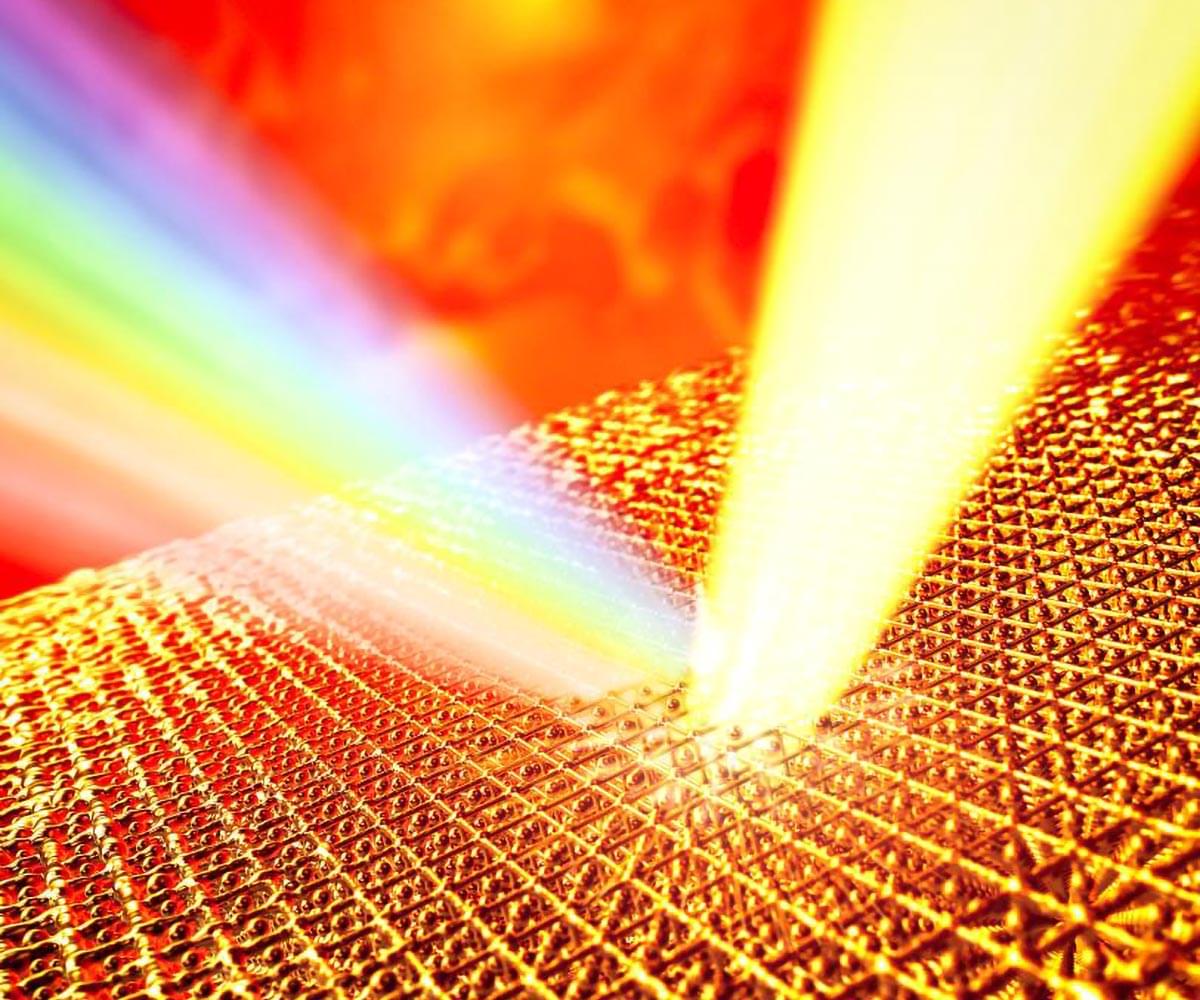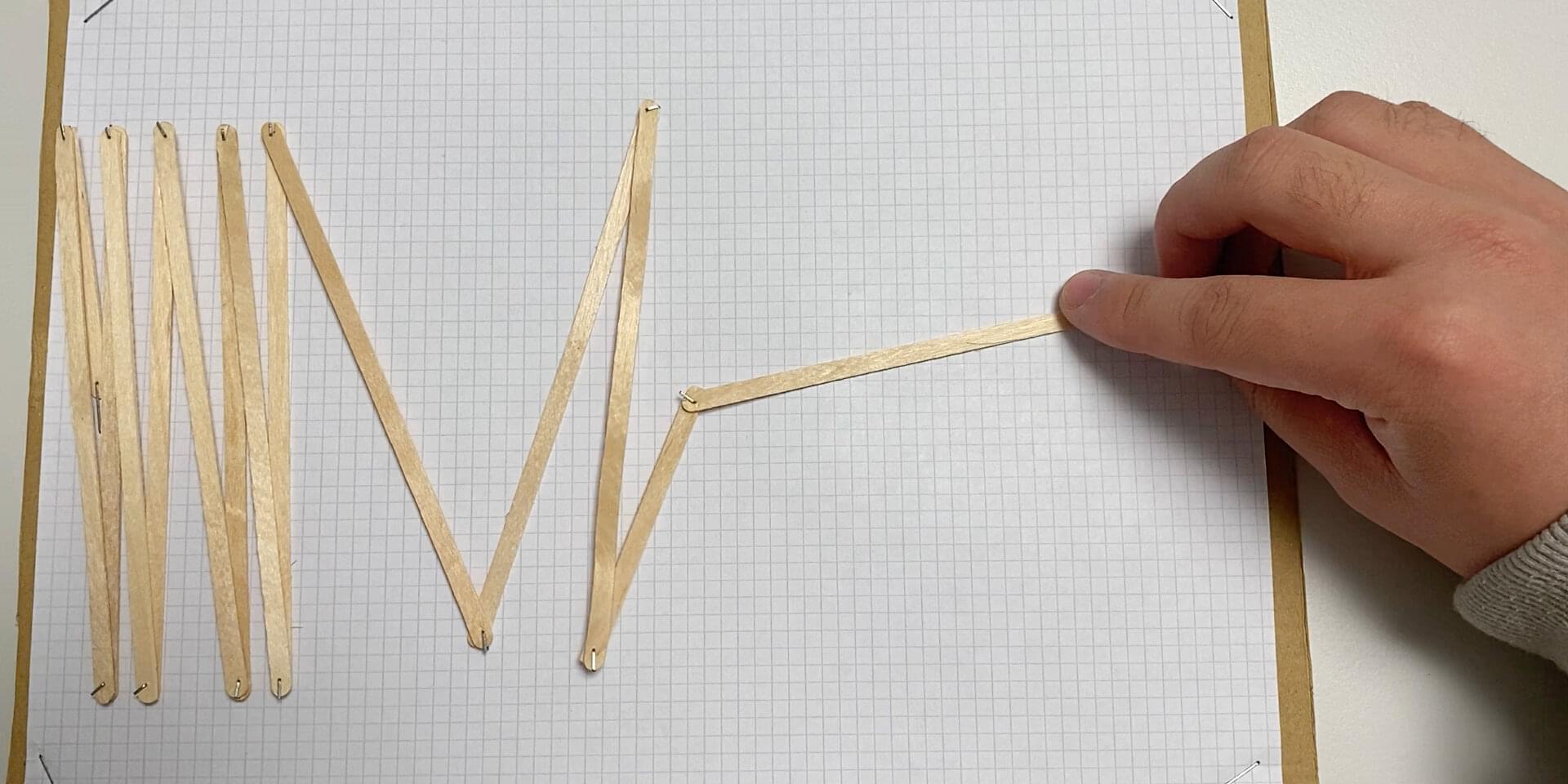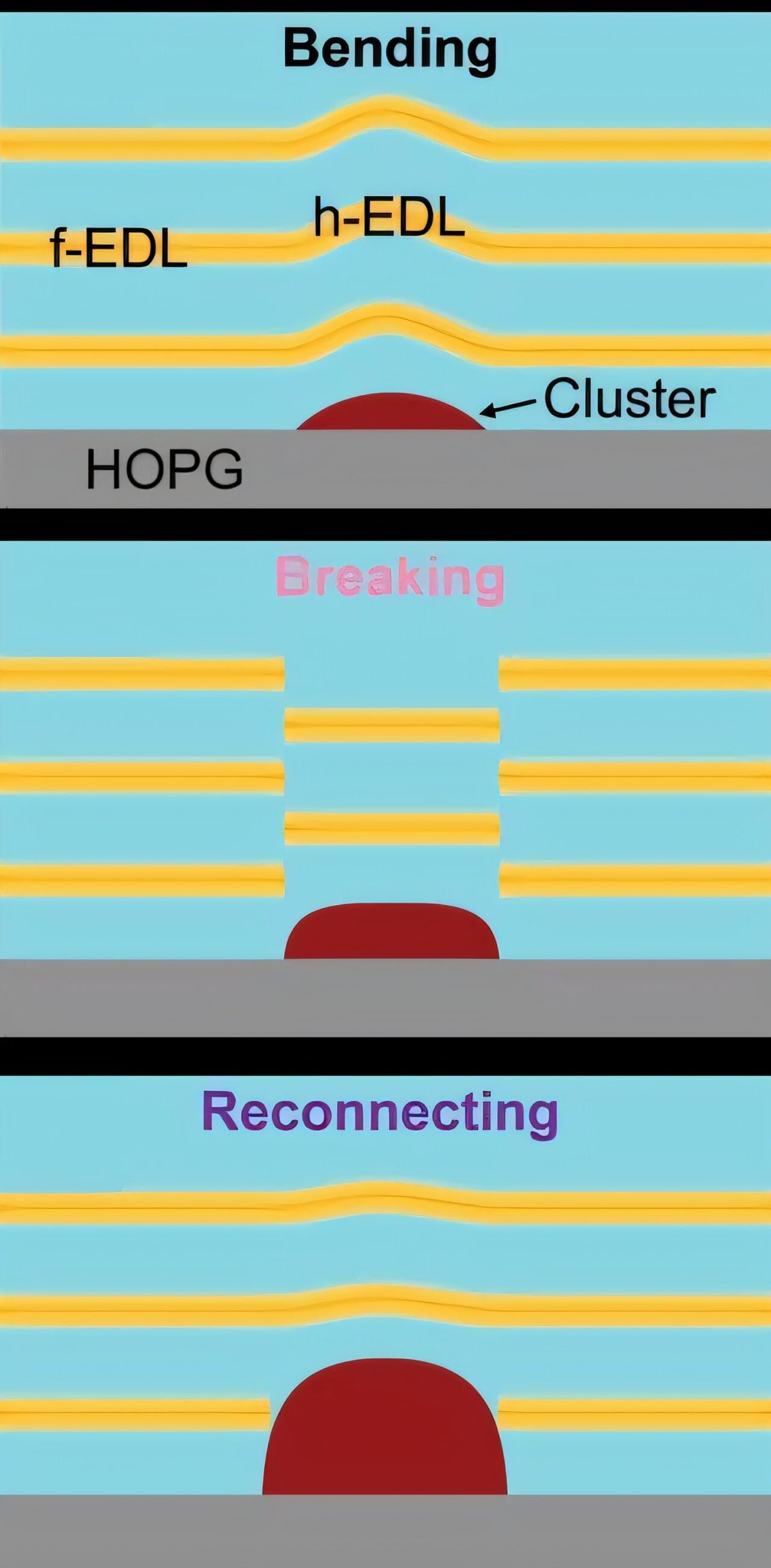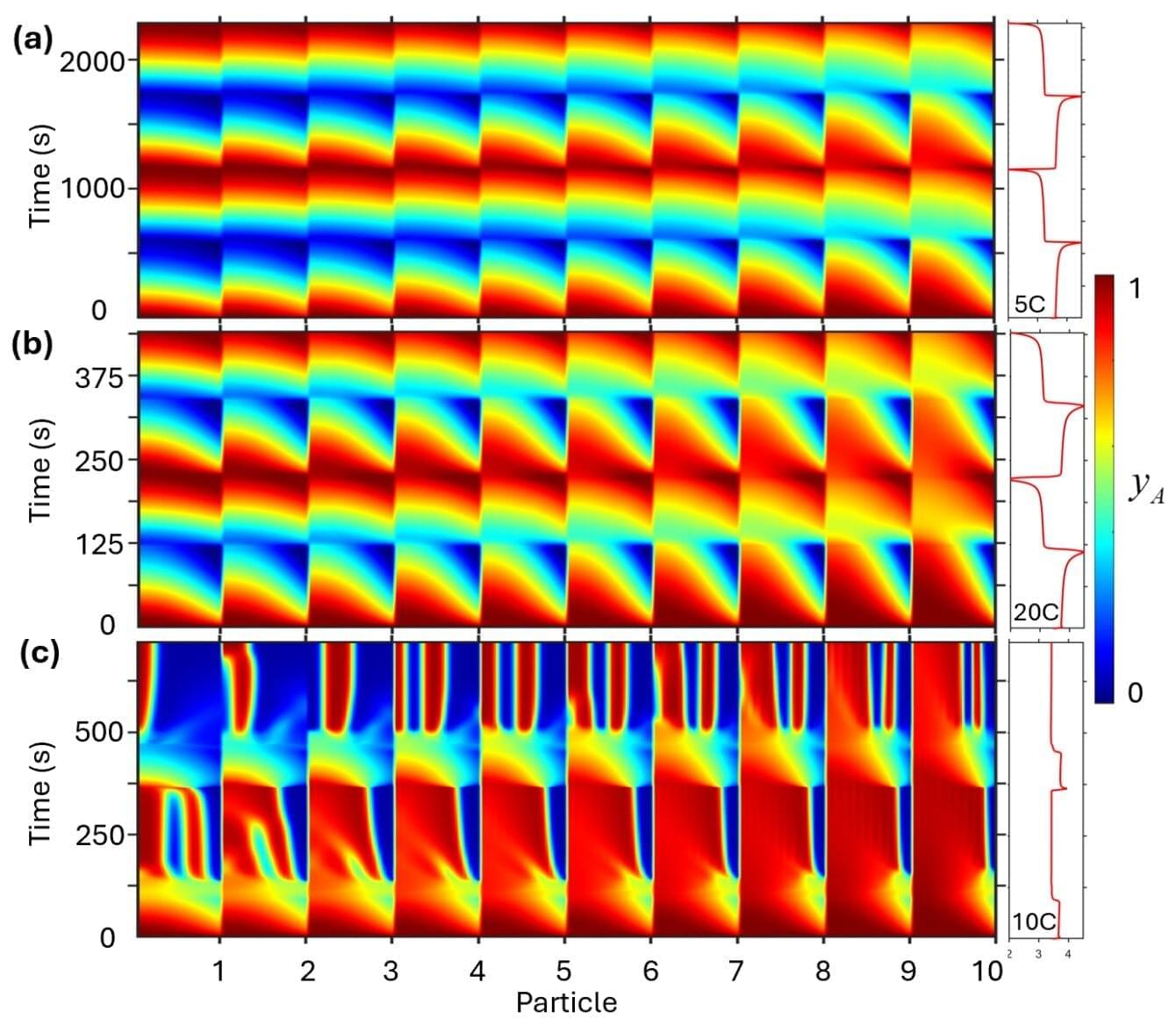One of the best places to study stars is inside “open clusters,” which are groups of stars that formed together from the same material and are bound together through gravity.
Open clusters act as laboratories, showing how stars of different masses and ages behave. At the same time, some stars, known as “variable stars,” regularly change in brightness, and their flickers and pulses help scientists learn about the physics inside stars and about the wider galaxy.
Until now, astronomers studied clusters and variable stars separately, and usually one cluster at a time. But that approach missed the bigger picture, leaving gaps in our understanding of how the lives of stars unfold across the galaxy.
